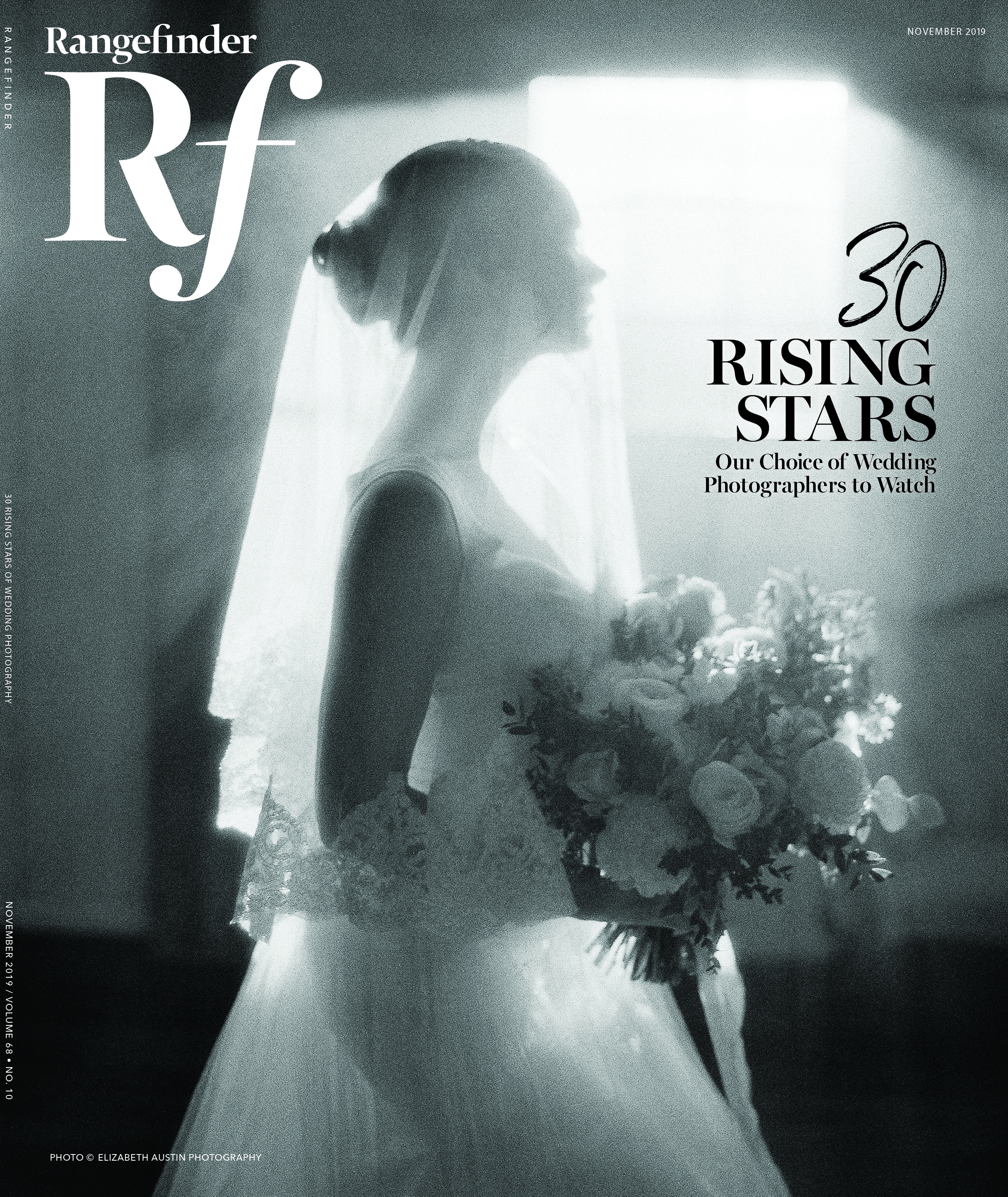Weddings
Ten years ago, there wasn’t such a thing as “editorial detail styling.”
I remember photographing one or two invitations propped up on a floral arrangement, or favors stacked on a reception table. Lighting, location and backdrops were rarely considered, and many of the details I now photograph regularly weren’t even around on the wedding day.
Pulling Off the Elevated Editorial Engagement Shoot
Today, editorial details simply can’t be ignored. They have become a beautiful part of the day, enjoyed by my clients and expected by my colleagues.
If detail photos seem unnecessary to you, keep in mind that it’s imperative for publication and continued publicity. Detail photos help tell the full wedding story, especially the choices made in color, decor and design, and they help reflect a wedding’s unique personality.
How to Get Weddings and Portraits Published in a Major Publication
Keep reading for five ways to ensure your detail flat-lays look professional and authentic, whether you’re a detail connoisseur or experimenting for the very first time. Keep in mind these rules apply to general flat-lay photos and work well for invitations, small bridal details, shoes and rings, etc. There are many ways to tell a wedding story, and many different ways to shoot details, not to mention many different types of weddings and customs, which means you’re only getting a small glimpse into a larger world.
1. Prepare your tools in advance.

Don’t expect that every wedding you shoot will have the perfect backdrops and props for your flat-lay photos, or that the bride will even remember to bring her invitations. If your goal is to create a flat-lay invitation photo, ask in advance for paper goods and meaningful details to be provided on site.
Planners can be an excellent resource for styling tools, such as styling backdrops and ring boxes, but make sure you communicate in advance so that you know what to bring to make your detail photos shine.
My styling kit includes styling boards, styling blocks, macro filters, ring boxes and ribbons and various antiques to help add texture and levels to my flat-lay photos. HeirloomBindery.com is my resource for flat-lay styling goodies to help build my kit.
Remember, keep backdrops in the background, and choose neutral light and natural surfaces that don’t take away from the objects you’re photographing.
2. Clear the clutter and find even light.

While harsh light or shadows can be visually interesting, most editorial still-life photos are expected to be clear and sharp, and bathed in even light.
I prefer natural light in a shady area. This could be in a doorway, a window, or outside under an overhang. I use white or light-colored styling boards as reflectors to create an impromptu light box so that shadows are minimized, especially if I’m shooting paper goods that have been placed on styling blocks.
3. Use tools sparingly, and source from the wedding.

While it can feel convenient to shoot details from every wedding on the same tried-and true-backdrops, look around and source from the environment.
You could use a stone or tile floor that brings in the tones from the venue. Ask florists and planners to include bits and pieces of the wedding that incorporate the feel of the day. You can include boutonnieres, loose florals, or even a small branch from a tree on the property.
These “props” give detail photos added meaning and connect the photographs to the larger story of the day.
4. Use simple compositions.

It can get very messy when you’re styling paper goods and wedding details. If you’re feeling stuck, simplify and pare down your selections. Simple is always best.
Start with the most important piece, Make sure your images have a focal point and a cohesive color story. Stand directly over your composition when you’re shooting to make sure there isn’t any distortion.
You can also use a tripod, if that helps. Your camera should be exactly perpendicular to your flat-lay—otherwise lines can look crooked.
5. Think outside the board.

Like all things, don’t feel obligated to shoot details the way that other photographers do. While details are important and can help with editorial placements, they should feel authentic to the wedding itself, and represent the bride and groom. Flat-lays don’t necessarily need to be photographed on a styling board, rings don’t have to be shot in velvet boxes.
Experiment and design new ways to incorporate details into your photography style. You could be the start of a new trend!
Jen Huang is a fine-art wedding and portrait photographer who, over the last decade, has photographed in over 20 countries and on six different continents. A photography educator who offers a variety of instructional and inspirational materials, she recently came out with a new book, The Master Guide to Fine Art Wedding Photography.





